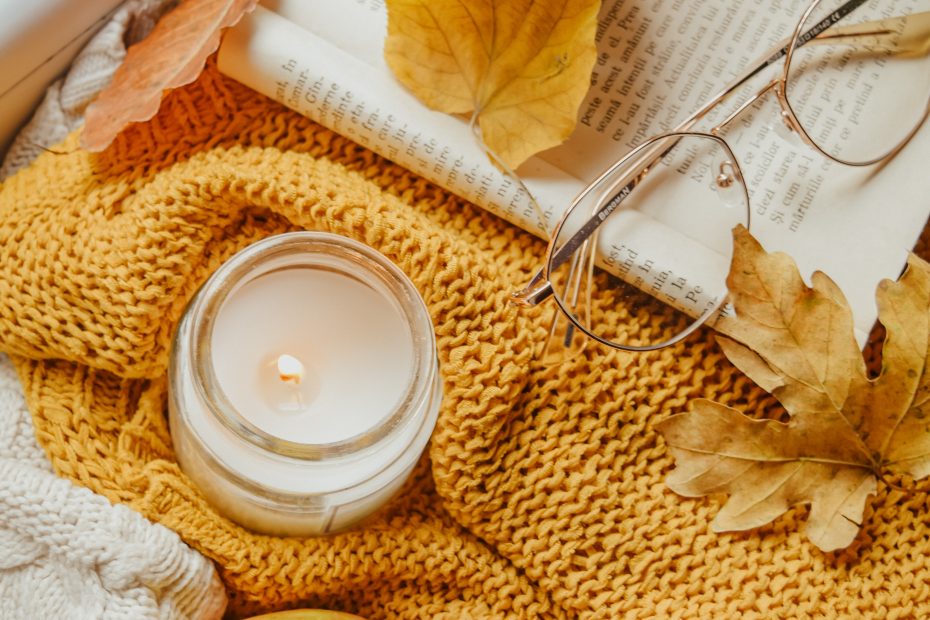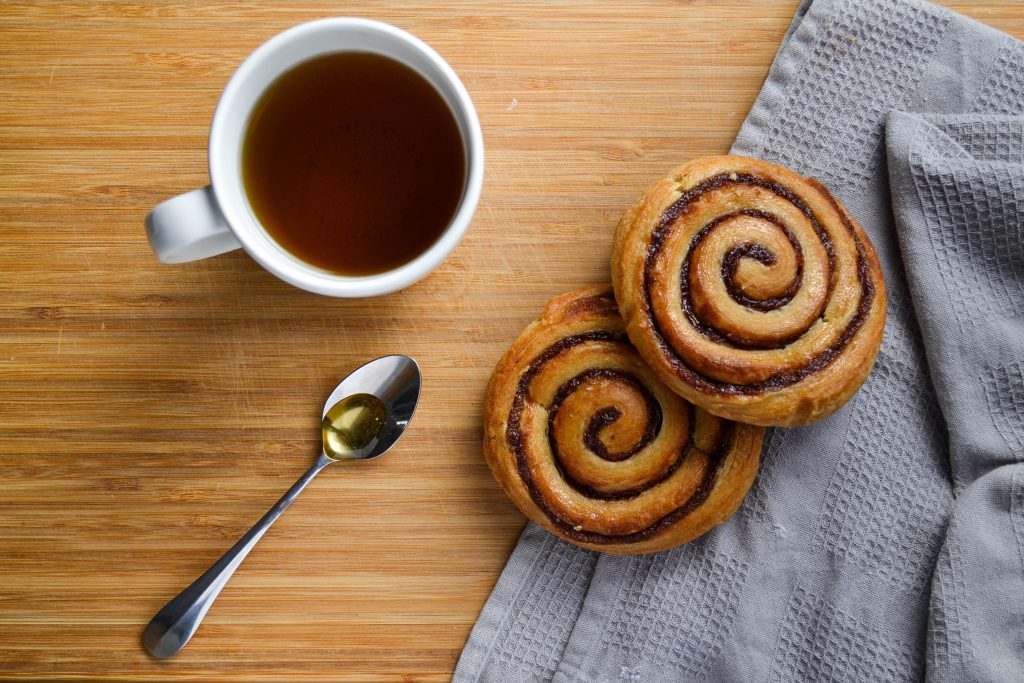Earl Grey Overview
The most well-known tea blends, which have shaped tea history all around the world, will be covered in this section. This adventure has to begin with one of my all-time favorite teas, Earl Grey, a bergamot-flavored black tea.
Earl Grey Black Tea is a blend. The verb blend in English implies to combine, harmonize, and mix. In the world of tea, a blend is therefore a tea made of different ingredients that are well matched with one another. When making Earl Grey, different kinds of black tea are scented with bergamot essential oil, a particularly fragrant citrus fruit.
What black teas are used?
Indian Assam, Chinese, and/or Sri Lankan teas (such as Kandy) are often used.
There can then be variations to the classic blend. There is, for example, Earl Grey made from green tea. But the possibilities do not end there because Twinings, a company already well known for its Earl Grey, offers a second version named Lady Grey that combines bergamot with cornflower petals and orange and lemon peel. Then there is Dammann Frères’ Goût Russe Douchka blend enriched with orange and lemon essential oils.
How to prepare your cup of Earl Grey Black Tea?
Any time of day is a fantastic time to drink Earl Grey tea. I prepare it this way:
Amount: 2.5 g per cup (about 250 ml of water) which is equivalent to about 2 teaspoons – 2 1/2 teaspoons of tea leaves
Temperature: 95° C water
Infusion time: 3 minutes (for a more intense flavor let it steep for 4-5 minutes)
If you want to try cold Earl Grey, I recommend steeping 3 heaped tablespoons of tea in 1 liter of water for 8 hours in the refrigerator. Strain and serve with or without ice.
Food pairings and recipes
Earl Grey’s fresh, citrus scent and flavor make it an ideal companion to sweet and savory dishes. Can’t believe it? Try a cup of this classic tea with dark chocolate, citrus-based desserts, spicy foods (curry, chili, pepper, etc.), salmon, and eggs.
Not only that. Earl Grey is a very interesting ingredient to give new scents in cooking.
Between history and legend – Was Earl Grey a real person?
Earl Grey is a fascinating tea not only for its intriguing and complex scent, but also for the stories behind this cup of tea. Starting with its name and its mysterious relationship to Earl (earl in English) Charles Grey (1764-1845), British foreign minister and prime minister (1830 – 1834). Why is tea named after this aristocrat? The matter is still unclear and indeed is a subject of debate to this day.
According to one of the legends, Charles Grey saved a mandarin’s life while on a diplomatic visit to China. The latter, to thank him, gave the earl a fine bergamot tea. Another version says that the gift instead was just the recipe for creating this blend. Various stories tell that the diplomat was a great lover of this drink, but did this man ever drink Earl Grey? While the recipe for the blend seems to date to the 1830s, researchers at the Oxford English Dictionary found the mention of “Earl Grey tea” only in texts from the 1920s. However, references to an Earl Grey mixture or Grey Mixture were found in the second half of the nineteenth century.
Bergamot was first used in tea, according to the Oxford English Dictionary, in 1824. At the time, however, it appears that the citrus aroma was used to camouflage a low-quality tea and perhaps offer it at a higher price. This custom suggests that Count Grey probably tasted this tea but how their stories intersected and are now forever linked is still a mystery.
The Varieties of Earl Grey Tea and Their Characteristic
Over time, numerous iterations of Earl Grey tea have been brought to market and made available for purchase. Among them are the following:
Double Bergamot Earl Grey
Earl Grey tea has been flavored with twice the typical amount of bergamot oil for a more citrusy and floral taste than traditional Earl Grey. This tea, which pairs nicely with scones and buttered toast, is the perfect choice for afternoon tea.
Lady Grey Tea
This tea, flavored with bergamot as well as Seville oranges or lavender, was named after Lady Mary Elizabeth Grey, who was married to Earl Charles Grey. Citrus Lady Grey and Lavender Lady Grey are the names given to the two distinct types of this tea, respectively.
French Earl Grey
Rather than regular tea leaves, rose petals are mixed with Earl Grey tea to create this variant. The finished beverage has a fruity, floral flavor profile and a pleasant scent.
Russian Earl Grey
In addition to the bergamot and black tea, the Russian variety also includes citrus peels and a little bit of lemongrass.
Lapsang Souchong Earl Grey Tea
In the Chinese province of Fujian, the Wuyi region is responsible for producing a black tea known as Lapsang Souchong.
The leaves of this tea are smoked over a pinewood fire, which imparts a flavor profile all its own to the beverage. A one-of-a-kind brew with a smokey flavor and a citrus undertone is produced when this is added to the Earl Grey blend.
Rooibos Earl Grey Tea
Rooibos is a plant native to South Africa and has historically been utilized in the preparation of tisanes. After being dried, the plant turns a reddish-brown color, and it is this color that is used to make “red bush tea.” Rooibos is the ingredient used to manufacture decaffeinated Earl Grey Tea, which is said to have numerous positive effects on one’s health.

